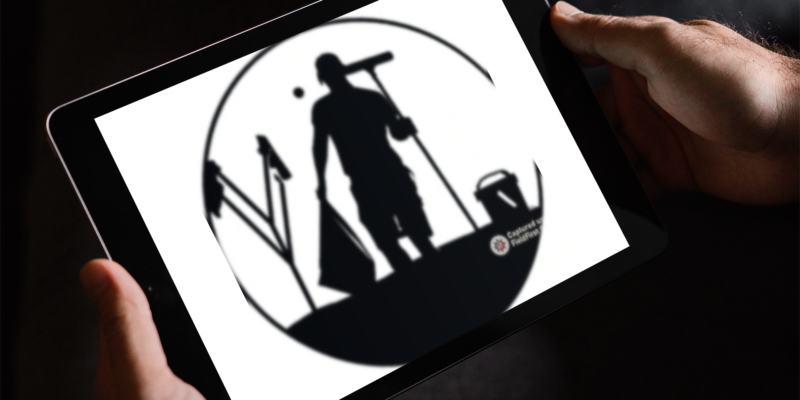Projects do not stand in isolation but are made up of tasks that ought to be executed according to approved schedules. On the surface, this seems like an easy and straightforward thing to do; however, when you get into the thick of things, it is not. This is why some managers excel in areas where others struggle or even fail.
There are many ways project managers schedule activities in order to meet deadlines, but drawing up a successful schedule involves identifying the pivotal aspects or phases of a project. This brings us to the Critical Path analysis.
What is the Critical Path?
The Critical Path in the management of construction projects is a modeling technique. This model details the sequence of work stages where managers point out the least anoint of time required to finish a task without fail. So, in essence, a Critical Path is the longest possible time task initiators will take to finish a task.
History of the Critical Path Model
This model was developed at the end of the 1950s by James E. Kelley and Morgan R. Walker. They created the model around the same period that the US Navy and Allen Hamilton were working on a similar model. The Critical Path model dates back to the Manhattan Project. Since then, this model has been used for various projects and in many industries, including the construction industry.
How does identifying the Critical Path help Project Managers to make key decisions?
Identifying the Critical Path helps managers in the following ways.
Project Schedule: The critical path helps managers to draw up project schedules and assigning tasks to each employee. Attaching a timeline to each task creates a sense of urgency, which is important if work is to be done on time. If each employee is responsible for finishing a given task, accountability is assured.
Task Prioritizing: Understanding and identifying the Critical Path helps managers prioritize tasks according to their order of importance. Since the tasks that fall under the path will have a huge impact on the project in general, a lot of attention and resources will be deployed into those tasks so as to ensure that they are done on time and rightly too.
Assigning Deadlines: Companies assign deadlines to employees and departments. Establishing the Critical Path makes this a lot easier. Tasks along the Critical Path will also be allotted more time than others because of how sensitive they are.
Today, modelers and system designers have developed software to make Critical Path analysis a lot easier. With this model, project managers can save significant sums in the form of labor costs by only expending the required amount of labor for the execution of tasks. It also helps them fix a near accurate End date for the completion of projects.
Do you prefer Critical Path or another method for managing construction projects? Let us know in the comments section below!




2 Comments
Kippar
February 12, 2021 at 6:26 am -Excellent post. I am experiencing many of these issues as well..
Turkce
February 17, 2021 at 4:36 am -You made some really good points there. I checked on the internet for additional information about the issue and found this link: [snip]
Comments are closed.